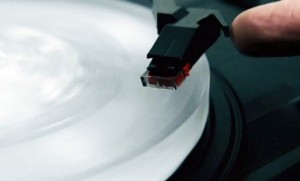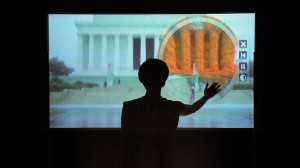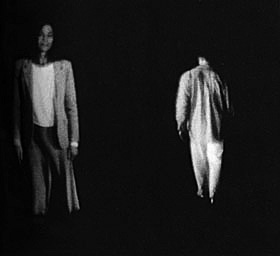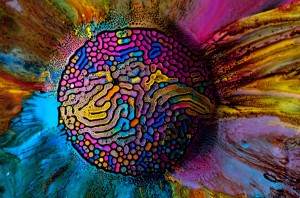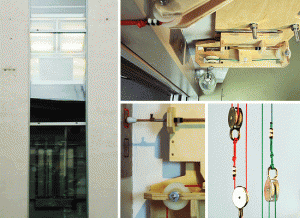Project I admire: A Good Night Lamp
A Good Night Lamp is a family of internet-connected lamps, consisting of one big lamp and many small lamps. When the big lamp is turned on, all the small lamps turn on as well. The project started with a mission to be the first physical social networking tool, for people to connect with their families and friends living in different parts of the world. The lamp is used as a medium for communication — to send out subtle messages to a particular person or a group of people, whether it be ‘I’m already home’, ‘I’m leaving my office’, or ‘I’m ready for a conference’. I especially like the subtlety of the lamp and its use as a social networking tool. It appears to be just another piece of furniture, but it has a deeper meaning associated with it. It gives a new meaning to keeping in touch and staying connected with someone. It allows you to know the pattern of someone else’s day. I also like how it targets a wide range of audiences from family members to friends to co-workers. However, I think there should be a way to identify the small lamps to keep track of who they are belong to, in the case where there are several of them.
Project that surprised me: Constructable by Stefanie Mueller, Pedro Lopes, and Patrick Baudisch at Hasso Plattner Institute, Potsdam
Contructable is an interactive drafting table that allows users to interact directly with fabrication tools such as laser cutters and 3D printers. A hand-held laser pointer is used to draft directly on the workpiece, instead of having to use the CAD system. I like how Constructable tries to create a different working experience with digital fabrication. With this new way of working, artists and designers can see their work partially done and creatively make changes from what they see in the uncompleted work. The whole concept really interests me because nowadays, with more and more use of computer aided design programs, people are less likely to work with their hands. With this new tool, it brings back the old sketching, drafting, and making changes as you go. Even though it cannot completely replace a CAD system, it definitely offers an opportunity for users to interact and work more closely with their pieces.
Project that disappointed me: Beatoven by Viktor Jan
Beatoven was created with a hope to produce a cooking experience through making music. Users can put different tracks into the pot to play new sounds, adjust the volume by revolving the buttons on the ‘stove’, and close the lid to turn down the music. I think the initial idea is creative, but the execution could be better. I am disappointed with the overall look, and I wish that Beatoven could bring out a more realistic cooking scene. To me, the pot is the only thing that resembles what is in the kitchen. As an audience, I cannot really feel the connection between cooking and making music that the creator is trying to show.






